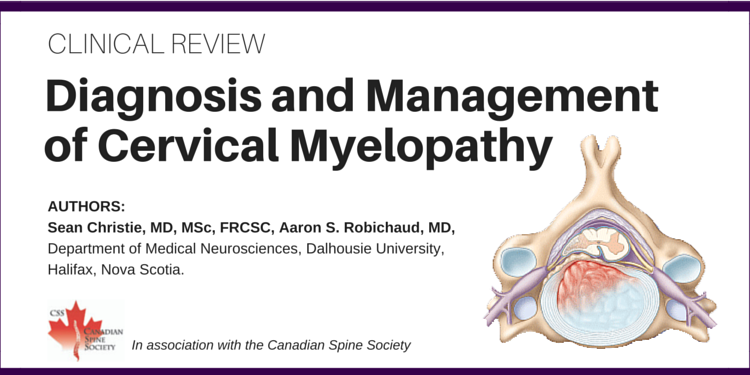1Associate Professor, Department of Surgery (Neurosurgery), Department of Medical Neurosciences, Dalhousie University, Halifax, Nova Scotia.
2Clinical Fellow, Department of Surgery (Neurosurgery), Department of Medical Neurosciences, Dalhousie University, Halifax, Nova Scotia.
